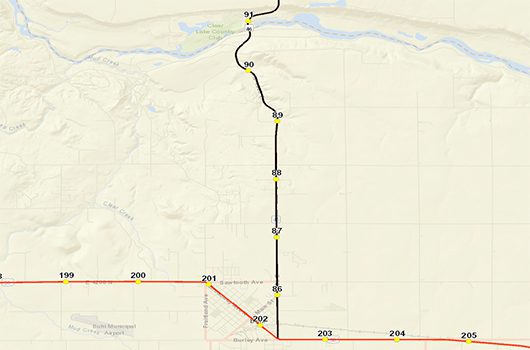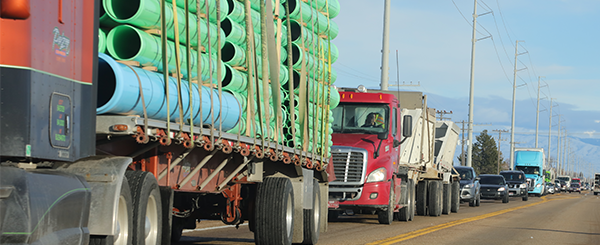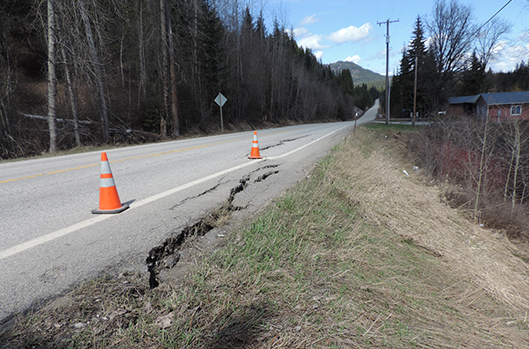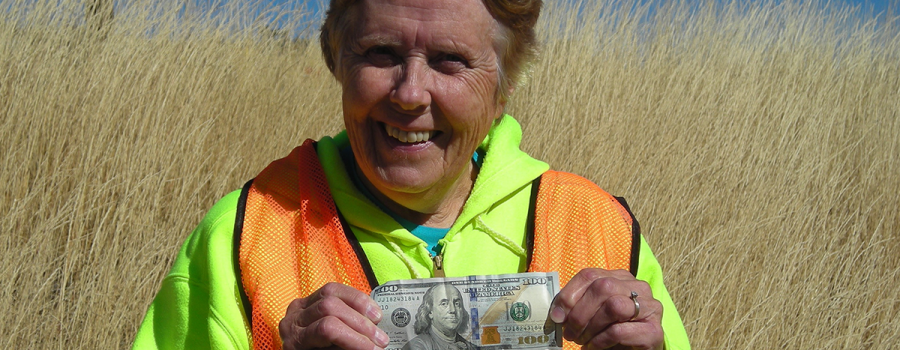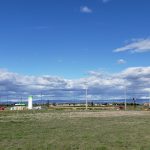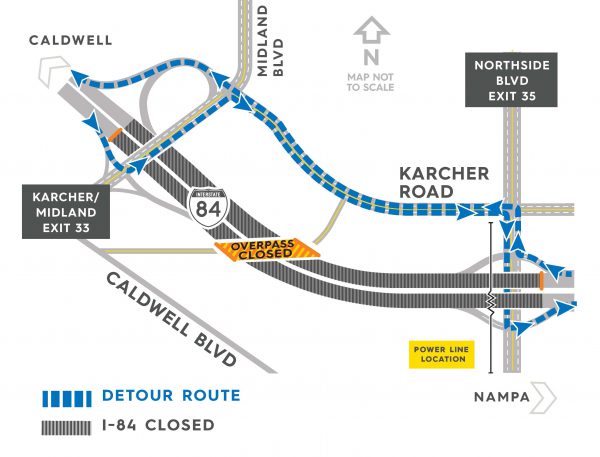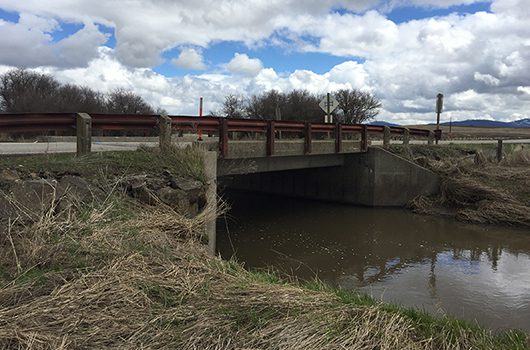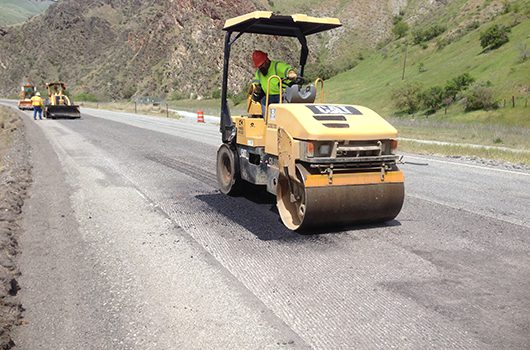Testing scheduled in May and June at Clearwater Memorial Bridge
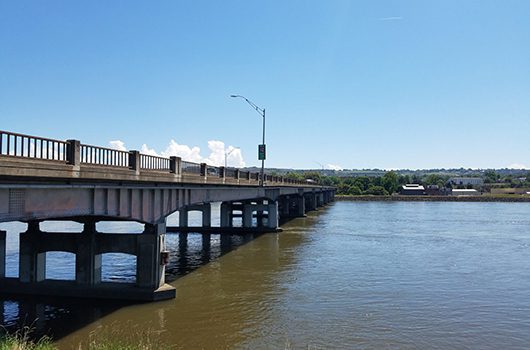
The Idaho Transportation Department has scheduled a series of tests in May and June near the Clearwater Memorial Bridge on US-12 in Lewiston. The tests will help develop plans to widen and repair the bridge, with work currently scheduled in 2023.
This weekend a hole will be drilled into the southeast corner of the bridge to examine soil quality, requiring the closure of the sidewalk.
Shortly after, river users will see a barge next to the bridge. From the barge crews will analyze the riverbed to help determine the best way to increase the bridge’s weight capacity. This testing will not affect recreational activities on the Clearwater River.
The existing structure was constructed in 1951, and some of its components are nearing the end of their service life.
“ITD is making major plans to improve the bridge to ensure that it will serve the region for many years into the future,” ITD project manager Curtis Arnzen said. “This project will improve the area’s safety, functionality and economic opportunity.”
An open house will be held in June to introduce the project and gather comments.
For more information, visit itdprojects.org/us12memorialbridge.




